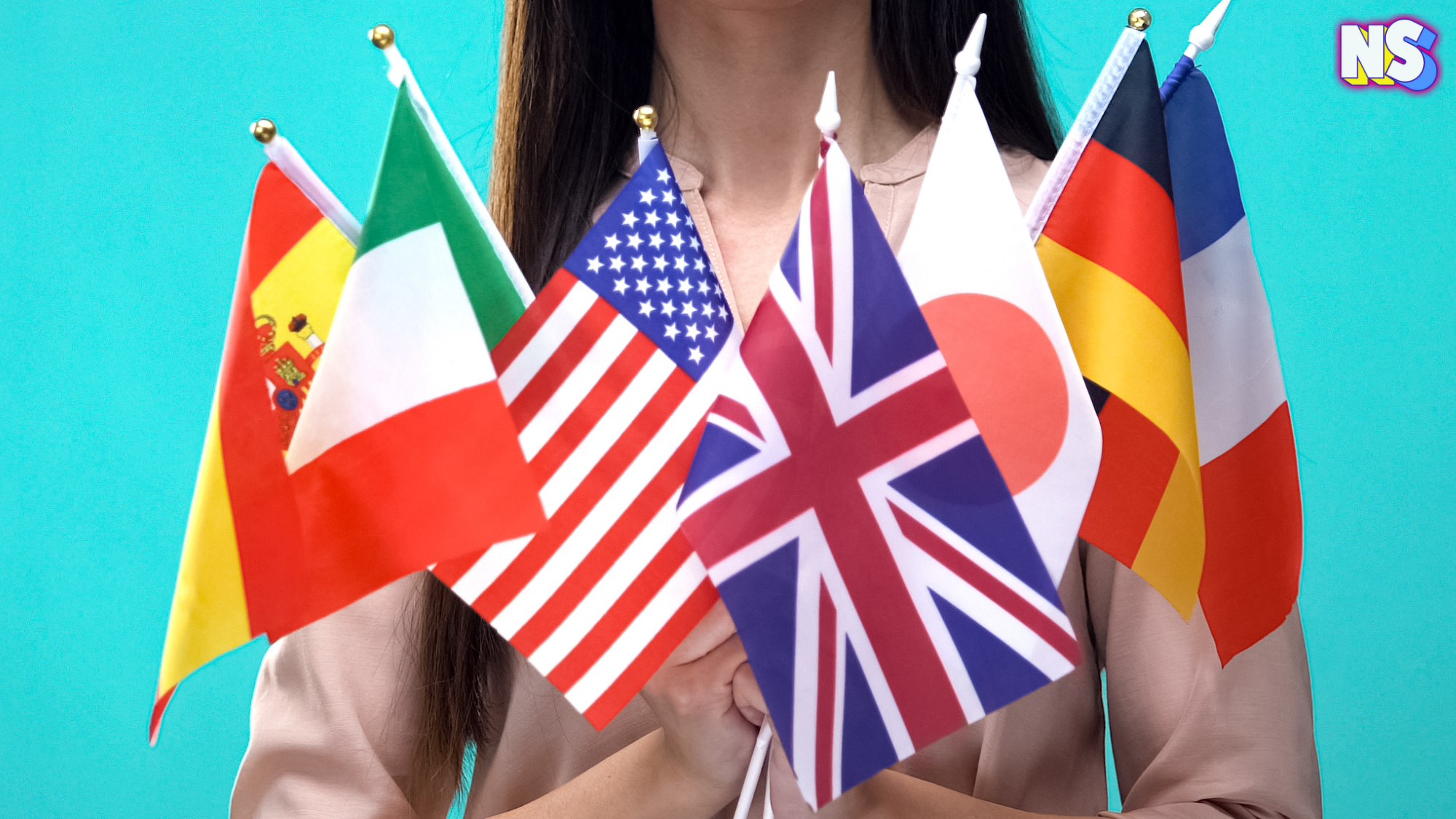Today, February 21, is International Mother Language Day, a global observance held annually for over two decades.
Around the world, virtual and in-person events are held to respect diverse voices, honoring mother tongues.
“Multilingual and multicultural societies thrive through the preservation of their languages, which serve as conduits for traditional knowledge and cultural heritage,” the UN explains.
But it's more than a celebration of diverse voices. It serves as a rallying cry, urging action. It’s a call to preserve what may be lost.
Yes, there are more than 6,500 languages spoken around the world. But, did you know that 43 percent of the world’s languages are endangered? And that, every two weeks, one of them disappears? For example, in Mexico alone, 64 languages are spoken, but many are in danger of being lost, erased by Spanish.
So let’s delve deeper into the origin and true significance of International Mother Language Day.
International Mother Language Day Origin Story
Set aside for worldwide languages, February 21 was created by the UN to promote multilingualism and honor the importance of mother languages.
UNESCO, which stands for the United Nations Educational, Scientific and Cultural Organization, first announced International Mother Language Day on November 17, 1999. According to its website, UNESCO was inspired by the fight to preserve the mother language in Bangladesh, called "National Martyr's day," since 1952.
"The day is marked with the martyrdom of valiant sons of Bangladesh for establishing Bangla as the state language of the then East Pakistan (present Bangladesh)," the National Tourism Board of Bangladesh explains. "This is one and only sacrifice of lives for the sake of the Mother Language in the history of mankind."
The UN General Assembly officially proclaimed International Mother Language Day in its resolution of 2002. Then, on May 16, 2007, the United Nations General Assembly passed a resolution calling for Member States "to promote the preservation and protection of all languages used by peoples of the world."
Each year, UNESCO creates a theme for the special day. For example, in 2023, the theme was “Multilingual education — a necessity to transform education.”
This year’s theme is “Multilingual education is a pillar of intergenerational learning.”
“Today, 250 million children and young people still do not attend school and 763 million adults do not master basic literacy skills,” the UN reports. “Mother tongue education supports learning, literacy and the acquisition of additional languages.”
Top 10 Languages Spoken in the U.S.
In the U.S., contrary to what many may say, a rich tapestry of languages is spoken.
Let’s explore the top 10 languages spoken in the U.S., based on speakers at home:
- English: With approximately 254 million native speakers, English is the predominant language in the U.S.
- Spanish: Spanish takes second place, with around 40.7 million speakers. It’s commonly spoken due to the large Hispanic population.
- Chinese (Cantonese or Mandarin): Approximately 3.4 million people speak Chinese at home.
- French (including French Creole): French maintains its influence, with over 2 million speakers.
- Tagalog: Tagalog, spoken by around 1.7 million people, is the fourth most common language. It comes from the Philippines.
- Vietnamese: Vietnamese has a significant presence, with over 1.5 million speakers.
- Arabic: Arabic is spoken by a substantial community, with around 1.2 million speakers.
- Korean: Korean made it into the top 10 with over 1 million speaking it.
- Russian: Russian speakers contribute to linguistic diversity, with just under 1 million speakers.
- German: German has a significant presence, with just over 900,000 speakers.
Note: This list was compiled with data from the U.S. Census Bureau, Babbel, and WeForum.





